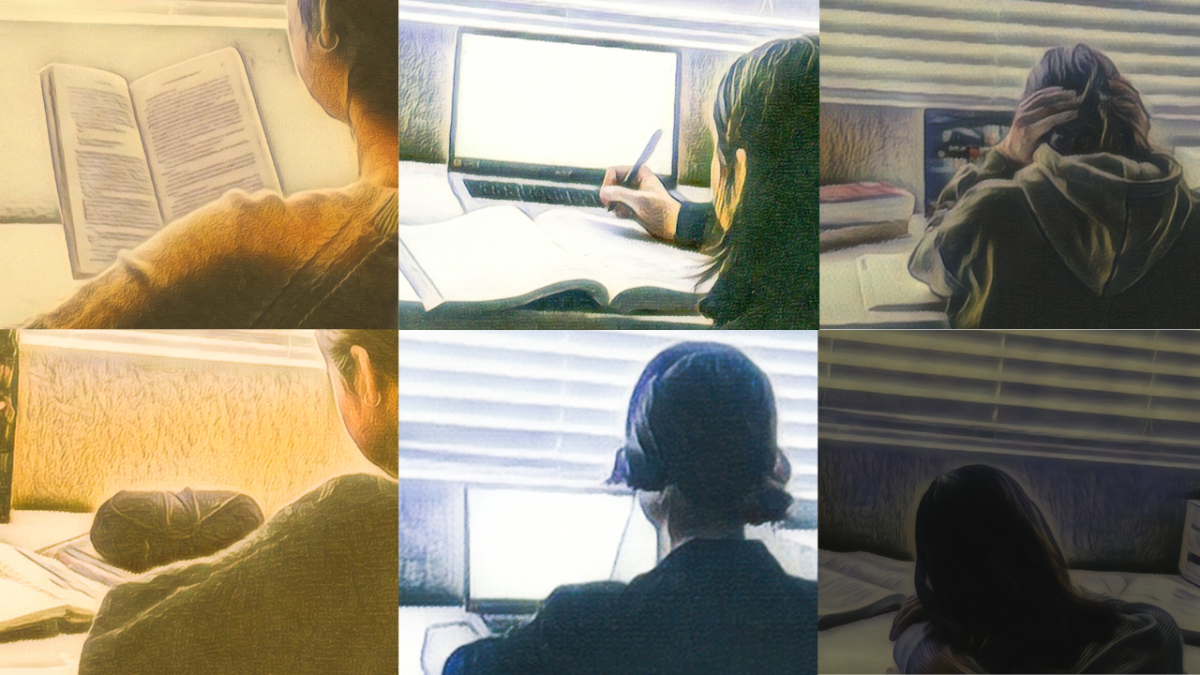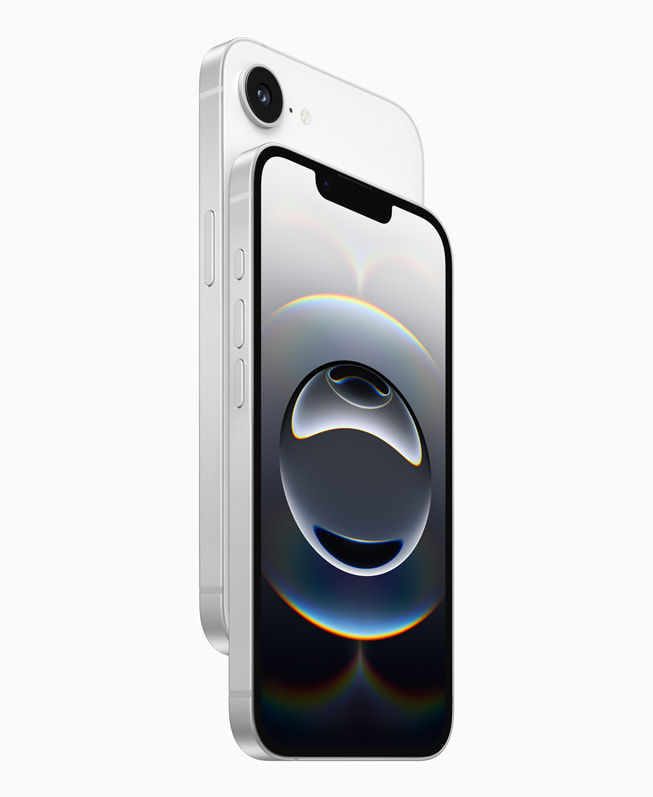In a World of Addicts…
(Photo Courtesy of Sarah Meadows)
Frighteningly powerful technology companies, such as Apple, are taking over first world countries one household at a time, managing to turn one initial purchase into a lifelong supply of purchases.
November 6, 2018
Take a stroll through Yorba Linda High School and view the hundreds of students hiding their personalities behind the screens of their smartphones as opposed to creating personal connections with each other. The problem only seems to be on the rise as parents are becoming brainwashed into believing that the vision of toddlers engrossed by iPads is and has always been the “norm.” One may only wonder how much more addicted teenagers will become to their smartphones. What will happen as the problem progresses?
Despite the negative connotation of smartphones in the lives of teenage students, it is critical to remember the positive aspects that are tied into the addiction. Educational applications and enhancements are becoming more and more affordable and accessible, which gives hope to those in fear of the future of society.
Not to be a sour apple, but even the most hopeful hints of success when it comes to the future of technology drag along scary thoughts. If smartphones are being accompanied by educational benefits, society will push for brainwashed parents to buy their students phones earlier and earlier for “academic purposes.” This will give name-brand companies the perfect opportunity to pretend to not notice the epidemic rather than having to fix such a problem as they ever so easily could. As a matter of fact, when Apple was being urged to fix phone addiction, they easily added a new feature to iOS that has gone quite a long way in a short period of time.
This feature is called “Screen Time,” and it allows iPhone users to track their screen time. From the numbers of hours spent on the phone, to the break down of which apps are utilized the longest, this feature is shocking to smartphone addicts left and right. In addition, the feature tracks such data as the number of times one picks up their phone a day. For instance, Mackenzie Clifton (10) displayed that on one full school day, she was on her phone for 4 hours and 32 minutes, with her most used app being in the “Games” genre. Aaron White (11) spent 2 hours and 55 minutes on the same day, picking up his cellphone 98 times.
Collecting this data from fellow students, I felt overwhelmed and rather isolated from the individuals who participated in the investigation, as I could never possibly come close to this level of addiction. Or at least I thought. On a normal school day, I spent 4 hours and 34 minutes on my cell phone, scrolling through Instagram at a high of 1 hour and 45 minutes. Additionally, I picked up my iPhone 146 times in one day. The level of shock that I felt when I realized that I, too, was one of society’s addicts hit hard. I had always somehow told myself that I rarely used my phone when I wanted to, and rather only when I needed to. Nevertheless, 1 hour and 45 minutes on Instagram is not exactly necessary. If I was as shocked with my data as I honestly was, how many other students are living a clueless life in need of a reality check? Or should I say a reality shock?
Unequivocally, students, including myself, need to be taught the dangers of the continuation of widespread phone addiction. It has social, educational, and motivational consequences that are, indeed, dangerous. JB Sebastiano (11) ever so intelligently stated, “we do not live long enough to live all of our lives behind our screens.” If the average person lives 79 years, then those 79 years should be spent exploring life’s greatest wonders, not exploring the web.





































